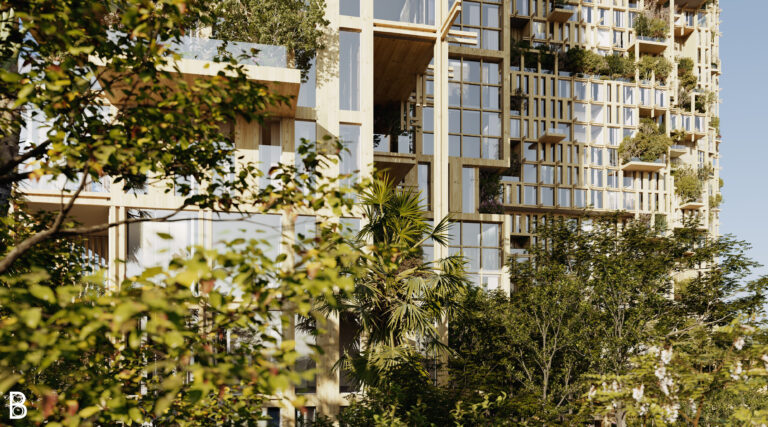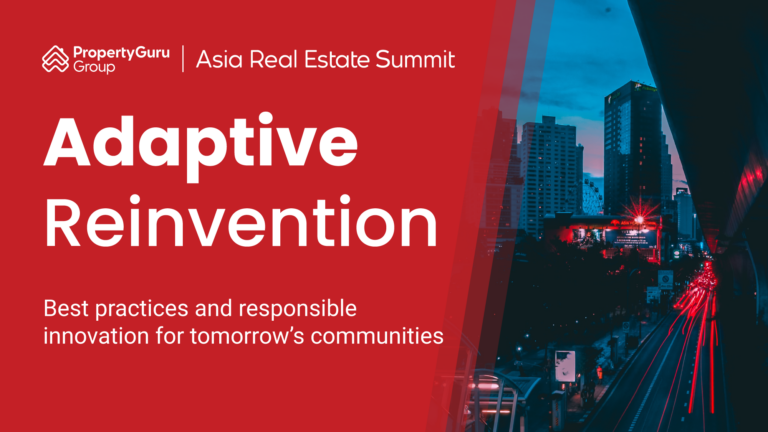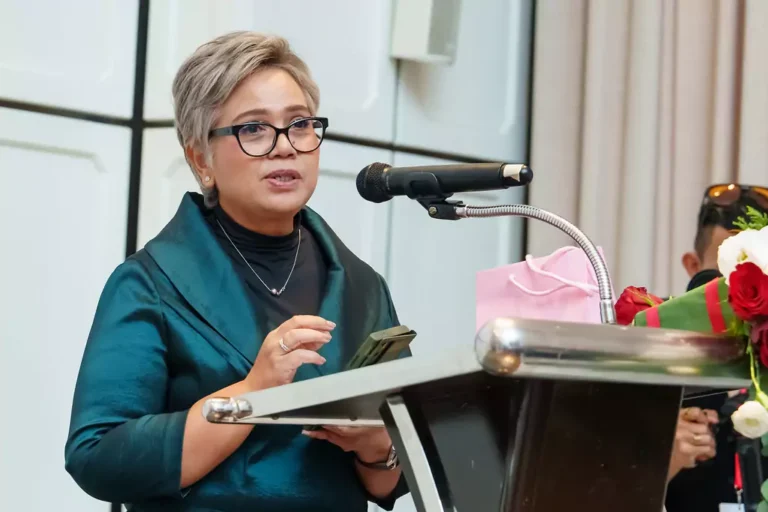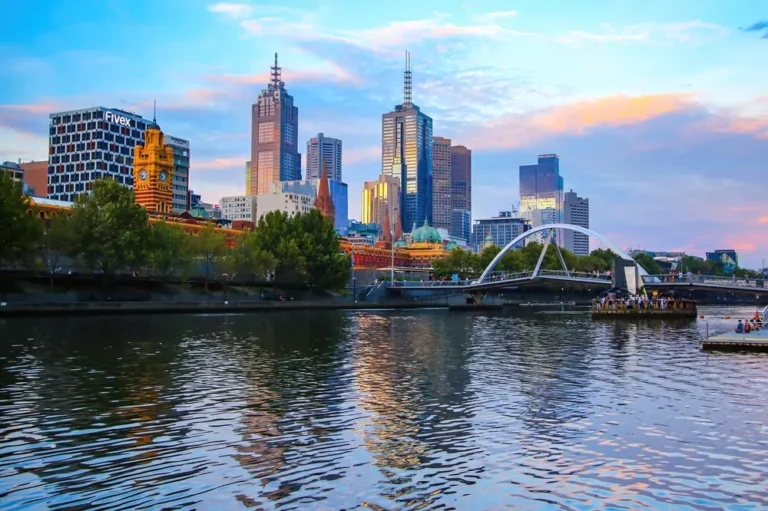News roundup: London-based firm designs South Korea’s first net-zero government building, and more news
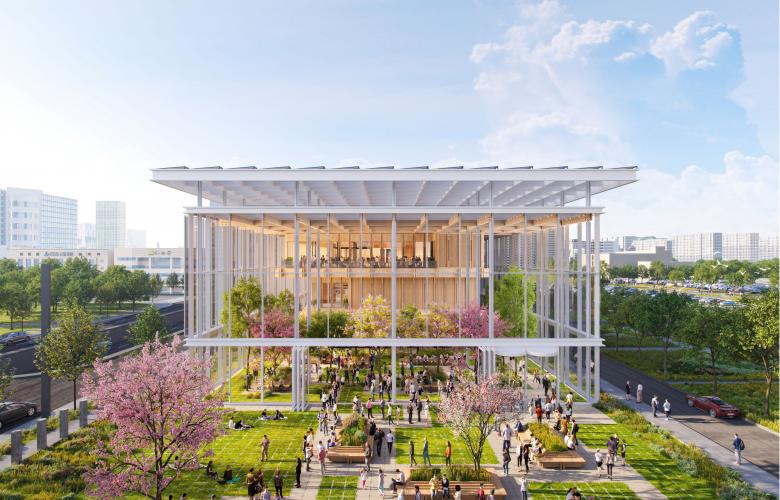
For PropertyGuru’s news roundup, South Korea’s Net Zero National Meteorological Center will be designed by the competition winner, PLP Architecture from London. In other stories, various solutions are being taken to cope with the worsening drought and saltwater intrusion in Vietnam’s Mekong Delta. And communal co-living spaces have emerged as a creative solution to the challenges of rising populations and soaring real estate prices plaguing urban housing today.
PLP Architecture London wins design competition for sustainable architecture in South Korea
London-based PLP Architecture said today that it has won a design competition for South Korea’s Net Zero National Meteorological Center.
Located in Daejeon, the project will be the first net-zero government building in South Korea, in line with global efforts to combat climate change.
The Net Zero National Meteorological Center is PLP’s first project in South Korea. Conceptualised in collaboration with PLP Labs, POSCO A&C, and A10, the project is set to become a landmark in sustainable architecture.
Lee Polisano, President of PLP Architecture, said in RETalk Asia: “Our project aims to surpass net zero operations by significantly reducing embodied carbon in both construction and long-term maintenance. Climate change poses immense challenges for architects and designers, mirroring the crucial work of South Korea’s National Meteorological Center. We are honoured to have been selected to join them on this journey.”
The Center’s core design features the innovative ‘box in a box’ concept, enhancing thermal efficiency and accommodating various functions and spaces in a unified aesthetic. This approach creates a controlled microclimate, nurturing a thriving Four Season Garden year-round and embodying a biophilic design. This connection to nature enhances occupants’ well-being and educates the public about environmental stewardship.
Mekong Delta moving to navigate drought, saltwater intrusion
The Mekong Delta is the largest area for rice, fruit, and fisheries production in Vietnam, but it has also been hit hard by climate change. Various solutions are being taken to cope with its impacts, including the worsening drought and saltwater intrusion.
According to VietnamPlus, the Water Resources Institute (WRI) under the Ministry of Natural Resources and Environment estimated that losses caused by saltwater intrusion in this region stand at almost VND70.17 trillion (USD2.7 billion) yearly.
Meanwhile, clean water demand here will reach 2.5 – 2.7 million cu.m. per day by 2030 and 3 – 3.2 million cu.m. per day by 2040, the WRI said.
In the Government’s Resolution No. 120/NQ-CP issued in 2017 on the sustainable development of the Mekong Delta that adapts to climate change, this region is divided into three zones: the core zone of freshwater, located upstream; the brackish-water zone with alternate water regimes; and the coastal areas facing saltwater intrusion year-round.
Forecasting techniques, the construction of irrigation works, and nature-based response plans have allowed better control of drought and saltwater intrusion.
Maximized density: How co-living spaces do more with less
Rising populations and soaring real estate prices pose significant challenges to urban housing. In a desperate hunt for affordable living options, communal co-living spaces have emerged as a creative solution, offering quality living conditions through clever space optimization strategies. By implementing innovative design techniques, these shared living communities maximize every square foot to create functional spaces within compact footprints.
ArchDaily reports that co-living spaces have emerged as a remedy to these spatial constraints, optimizing limited square footage through innovative design strategies and shared amenities. By embracing open-concept layouts, multipurpose furniture, and vertical space utilization, these communities can maximize the functionality of compact individual units. Lofted sleeping areas, built-in storage solutions, and transformable living spaces allow residents to enjoy private quarters while minimizing underutilized space.
The Property Report editors wrote this article. For more information, email: [email protected].
Recommended
From childhood curiosity to architectural innovation: Mohammed Adib’s vision for a sustainable, flexible future
Mohammed Adib channels childhood curiosity and an aversion to design homogeny into his work for Dewan Architects + Engineers
ARES White Paper Volume 3: The era of adaptive reinvention
Pioneering sustainable and innovative practices in urban development
ARES White Paper Volume 2: Unravelling the power of data revolution in real estate
Insights on proptech, smart cities, and sustainable development
ARES Digital White Paper Volume 1: The fundamentals of responsible building
Green and climate heroes join forces to discuss how Asia Pacific can weather the current environmental crises and the looming effects of climate change
